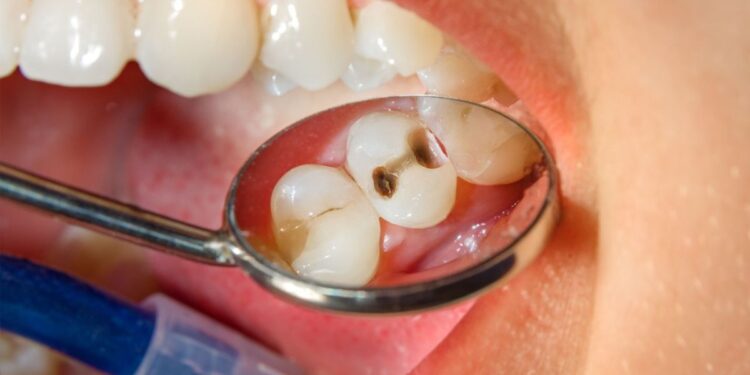Dental fillings are a common procedure to restore teeth affected by cavities or minor damage. But for many, the question remains: how long does a filling take? In this article, we’ll explore the duration of a filling appointment, types of fillings, costs, recovery, and more, using comprehensive insights.
Table of Contents
How Long Does a Filling Take?
The average dental filling procedure typically lasts 20 to 60 minutes, depending on factors such as the size and location of the cavity. For a standard composite filling, the process usually takes about 30 minutes, whereas silver amalgam fillings might take slightly less time due to fewer curing steps.
Steps in a Filling Procedure
The filling process includes several steps:
- Filling Preparation: The dentist examines the tooth and may take X-rays.
- Anesthesia for Fillings: Local anesthetic is administered to numb the area.
- Cavity Cleaning Duration: Decayed material is removed using a dental drill.
- Restoring Tooth Shape: The filling material is applied, shaped, and hardened.
- Polishing: The filling is smoothed for a natural feel.
This efficient process ensures that even quick dental procedures can achieve lasting results.
Is Cavity Filling Painful?
Most patients feel minimal discomfort thanks to anesthesia for fillings. However, slight discomfort during filling is normal, especially if the cavity is deep. Post-procedure, mild sensitivity or pain after filling may occur but usually subsides within a few days.
Types of Fillings and Their Durations
- Composite Fillings: Tooth-colored fillings that blend seamlessly, taking about 30–40 minutes.
- Silver Amalgam Fillings: Durable and quick to apply, often completed in 20–30 minutes.
- Temporary Fillings: A stop-gap solution requiring a follow-up for permanent treatment.
- Gold Fillings: A custom-made option requiring multiple visits.
- Ceramic Fillings: Durable and aesthetically pleasing but may need longer appointments.
Comparing Procedures: Filling vs. Crown
A filling typically takes less time than a crown, which requires molding and possibly multiple visits. Similarly, a root canal vs. filling time comparison shows that fillings are much quicker, taking a fraction of the time needed for root canal therapy.
Children and Pediatric Dental Fillings
For kids, time for kids’ cavity filling is often shorter, focusing on keeping the child comfortable. Pediatric dental fillings are designed to be quick and efficient, using kid-friendly techniques.
Cost and Considerations
The cost of dental fillings varies based on material, complexity, and location. Insurance for dental fillings often covers a portion of the expense, making it an affordable cavity-filling option for most patients. Discuss with your dentist for a detailed breakdown.
Post-Procedure Recovery
- Can You Eat After a Filling? It’s best to wait until numbness subsides to avoid biting your cheek or tongue. Some fillings, like composite, allow immediate eating.
- Numbness Duration After Filling: Typically lasts 2–4 hours post-procedure.
- Follow-Up After Dental Filling: Contact your dentist if pain persists or sensitivity doesn’t resolve.
Efficiency in Modern Dentistry
Advancements have led to quick dental procedures that minimize time in the chair while maintaining quality. Dentists aim to balance time vs. cost of fillings to ensure patient satisfaction.
Final Thoughts
Whether it’s a small cavity or a more involved procedure, a dental filling is a fast, efficient way to restore your oral health. By understanding the average filling time, types of materials, and post-treatment care, you can approach your next tooth-filling appointment with confidence. Always consult with your dentist for personalized care tailored to your needs!
For more interesting article keep visiting our website healthke.com


 Home
Home










